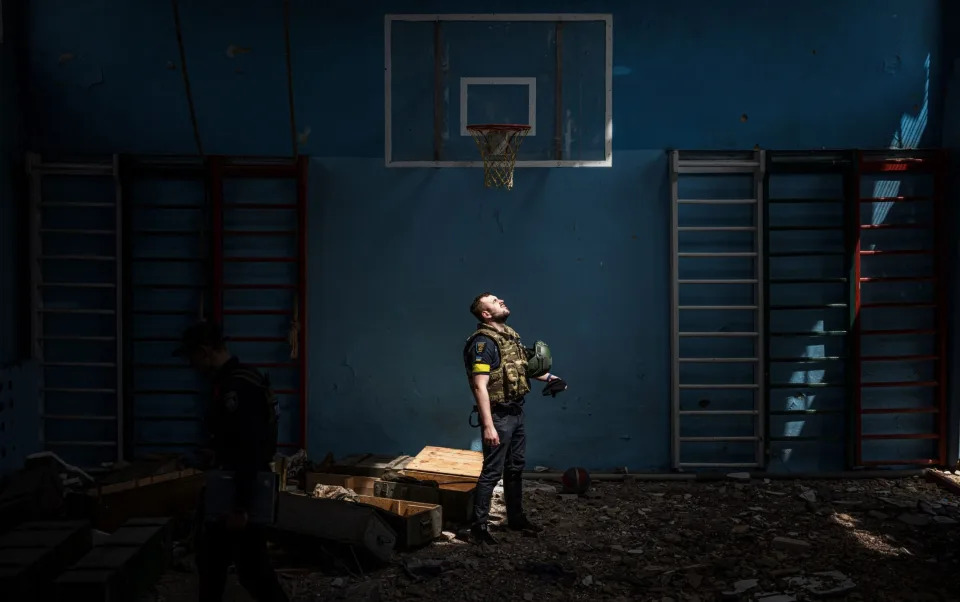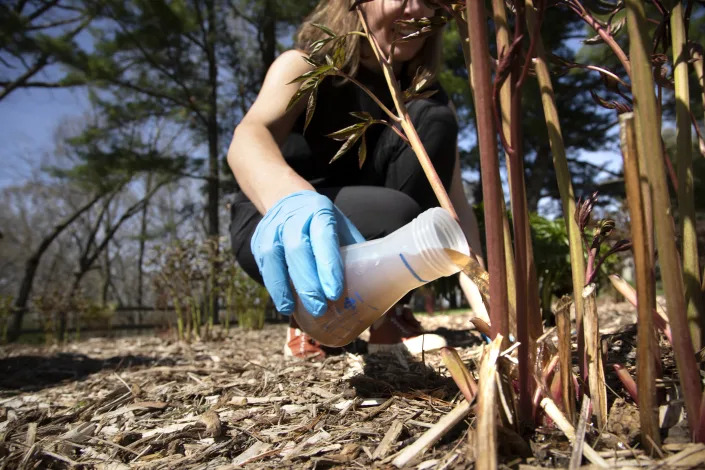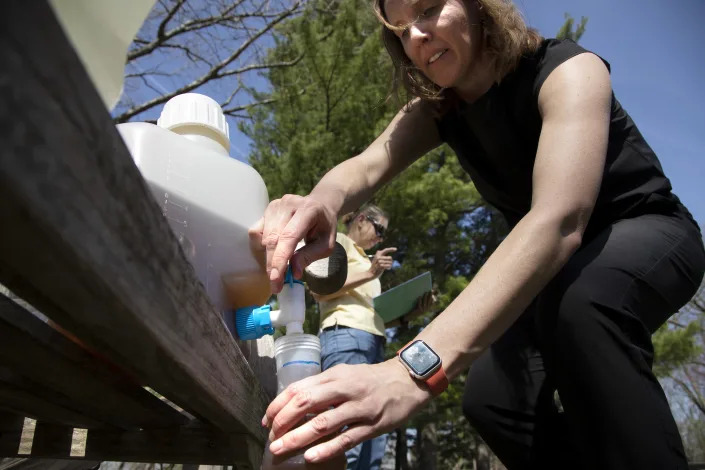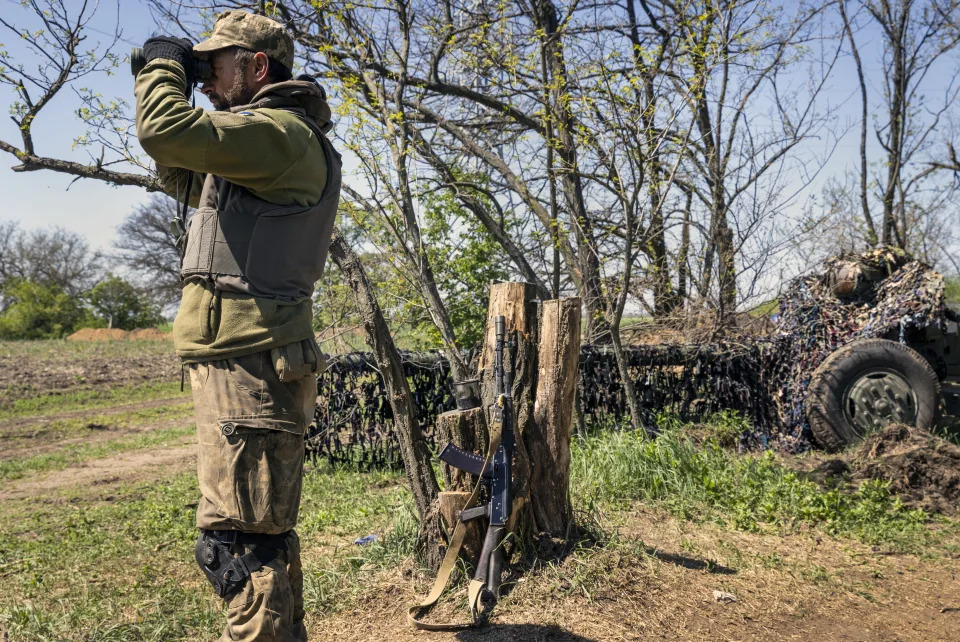The New Voice of Ukraine
How Russia’s maritime behavior is changing
May 13, 2022

As of May 10, the Mediterranean Sea remains an operational area for the same group of vessels that was stationed there as of February 7.
Therefore, there have been no substantial changes in that region so far. This group includes 13 ships and 5 complementary vessels of four Russian military fleets, including 9 rocket launcher ships.
Read also: Putin has become a problem. The main indicator of Russia’s defeat
This situation occurred after Turkey, a NATO member, passed a decision on February 27 to ban any military vessels from moving between the Black Sea and the Mediterranean Sea. The ban includes ships of NATO countries that are not the Black Sea actors.
At the end of 2021 and at the beginning of 2022, Russia relocated 20 military vessels from the Mediterranean area to the Black Sea, including 14 ships subordinated to its Black Sea Military Fleet, 3 subordinated to Northern Military Fleet and 3 from the Baltic Sea Military Fleet.
What was happening in February is this: Russia’s Black Sea Military Fleet managed to relocate a large number of vessels to the Black Sea operational area a couple of weeks before the invasion of Ukraine was launched. For that purpose, Russian Federation used the assets of its Northern, Baltic, and Pacific fleet groups.
Besides that, Russia relocated 7 marine infantry vessels from the Mediterranean, including 6 big ones, that were previously components of Northern and Baltic fleet groups.
Overall, as of February 24, Russia had as many as 13 major marine infantry ships in the Black Sea. However, one of them needed repairs. After March 24, when Ukraine’s Armed Forces destroyed one of them and damaged another two, only 9 of those ships are left.
Because Russia has a shortage of major military vessels able to support marine infantry assaults with shelling, it is unable to conduct a major offensive operation in the Odesa region. Still, a minor local “adventure” with the participation of marines is still possible – in the Dniester area, for example.
Read also: Russian landing ship Orsk destroyed in Berdyansk
As of today, the Black Sea operational area also hosts two rocket launcher frigates and three corvettes, each of which are equipped 8 rockets – so that’s 40 rockets overall. None of these ships has any stores of rockets for further use, so they would need to go back to base to renew their supplies.
In addition, Russia has 4 submarines there at their disposal, with 4 rockets each. All in all, Russia is able to use as many as 56 rockets in a major attack.
After the elimination of the Moskva cruiser, Russia’s potential for shelling Ukraine with cruise missiles hasn’t changed much. Moskva had as many as 16 of those missiles, whose purpose was to targeting land structures. However, Kalibr rockets, deployed on other Russian military vessels, can be used for both purposes – shelling land-based targets, or destroying Ukrainian ships.
So what was the purpose of eliminating the Moskva cruiser? The reason is because it was a flagship for anti-aircraft and anti-missile defense systems.
It hosed 64 S300 rockets – that’s a very impressive shield for protection from the air. Now, when Russia doesn’t have that shield at all in the Black Sea, it has to keep its own military vessels further from the coast. At the same time, the Russian Federation is trying to engage its submarines, so they would have more action. They are able to launch their rockets while being submerged as deeply as 30-40 meters below sea level.
The Crimean peninsula, annexed by the Russian Federation in 2014, has its Kerch bridge, which is actively used for furthering hostilities against Ukraine. It will be used for such a purpose until its destroyed.
The Kerch bridge is a strategic asset. Why? Let’s compare. How much time do you need to transfer a tank brigade (that’s several trains with 50 carriages each) via a railroad bridge? And how many days do you need to do that using a ferry that is able to take only as few as 10 carriages in a single trip?
The Neptun missile is the only thing we have to damage the Kerch bridge. It can be operated from a distance of 280-300 kilometers. To hit the target, we would need to launch the missile from, say, the Zaporizhzhya region, from the frontline there, while it is still not too unrealistic. This is the way it is now.
But if we had better missiles that could be launched from a longer distance, that’s a totally different thing.











